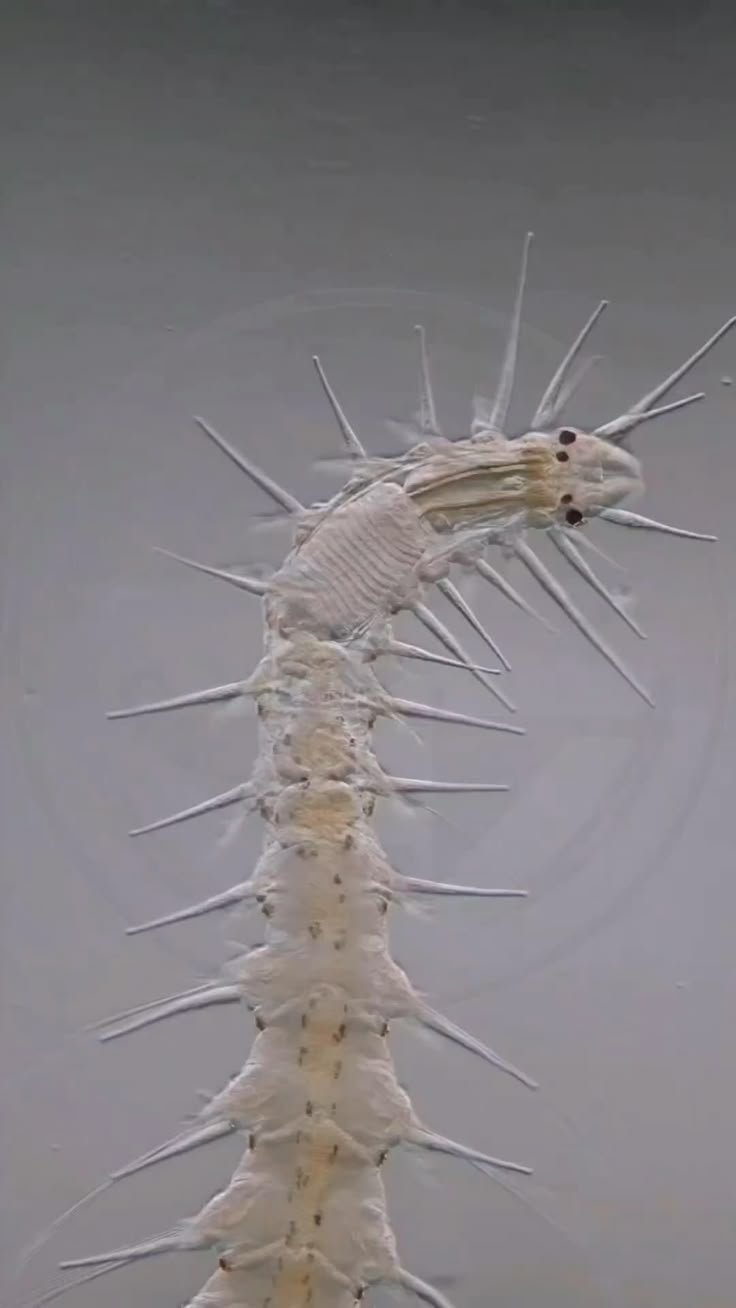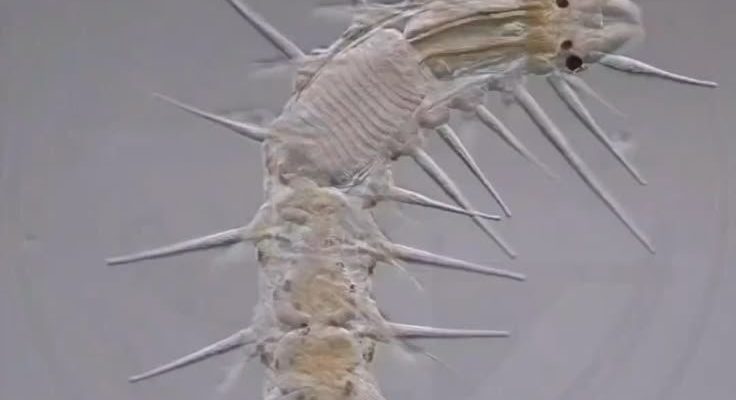
Imagine a bustling underwater city where polychaetes are the hardworking residents. They aerate the ocean floor and recycle nutrients, but they also have to contend with sharks, fish, and even environmental changes that can alter their homes. Here’s the thing: understanding the threats they face is essential, not just for the worms themselves but for the health of the entire marine ecosystem. Let me explain why that is and how predators and environmental factors come into play.
What Are Polychaetes?
Polychaetes, often referred to as “bristle worms,” belong to the class Polychaeta within the phylum Annelida. They are a diverse group of segmented worms that can be found in various marine habitats, including deep-sea trenches, tidal pools, and coral reefs. These worms are often identified by the bristles—known as chaetae—that protrude from their bodies.
You might be wondering what makes polychaetes so special. They serve multiple roles in the ecosystem, from being a food source for many marine animals to contributing to the health of their habitat through burrowing and recycling organic matter. In essence, they’re like the janitors and chefs of the ocean floor, helping to maintain balance even as they face numerous threats.
The Role of Predators in Polychaete Populations
Let’s face it—no creature is safe from predators. Polychaetes, too, have their share of predators lurking in the shadows. Fish species, such as flatfish and sculpins, are often on the lookout for these worms, snapping them up as a tasty snack. Even larger creatures like octopuses and sea turtles have been known to feast on them.
But here’s the thing: while predation is a natural part of the ecosystem, an imbalance can occur. If predator populations grow too large, perhaps due to changes in their environment or the depletion of other food sources, polychaete numbers can dwindle. This can have a ripple effect throughout the marine food web, illustrating how interconnected everything is—like an intricate web where each thread plays a crucial role.
Environmental Threats Facing Polychaetes
While predators are a significant concern, environmental threats are even more pressing for polychaete populations. Pollution, such as runoff from land and marine debris, can severely impact their habitats. Chemicals and plastics can degrade the quality of their living environment, making it difficult for these worms to thrive.
Another serious environmental challenge is climate change. With rising ocean temperatures and acidification, marine ecosystems are undergoing stress. You might have heard about coral bleaching; similarly, polychaetes struggle in warmer waters or when oxygen levels drop. These conditions can lead to a decline in food sources and change the dynamics of the ecosystem, making it harder for polychaetes to survive and reproduce.
Effects of Habitat Destruction on Polychaetes
Habitat destruction is another environmental threat that can’t be overlooked. Coastal development, trawling, and dredging can disrupt the delicate habitats where polychaetes live. When their homes are damaged, polychaetes lose not only their shelter but also their food sources.
Think of it like this: if a city experiences rapid construction, the infrastructure becomes compromised, leading to chaos and diminishing quality of life. Similarly, when the marine environments are disturbed, polychaetes and other marine life suffer. These disturbances don’t just threaten polychaetes; they also have repercussions for fish and other animals that rely on these worms for food.
How Climate Change Impacts Marine Ecosystems
Climate change isn’t just a buzzword—it’s an ongoing crisis affecting numerous species, including polychaetes. Rising temperatures lead to changes in ocean currents, which can alter the distribution of marine life, including both predators and prey.
When polychaete populations are affected by warmer waters, it creates an imbalance in the ecosystem. For example, if they decline, it could lead to a rise in certain algae species, potentially resulting in harmful algal blooms. These blooms can produce toxins that further threaten marine life and human health. So, as you can see, the impact of climate change ripples across the ocean floor.
Conservation Efforts for Polychaete Populations
Recognizing the threats facing polychaete populations is the first step toward conservation. Thankfully, various organizations and researchers are working hard to preserve these important marine creatures. They are advocating for cleaner oceans, stricter pollution controls, and sustainable fishing practices.
You might also see scientists conducting studies to better understand polychaete populations and their ecosystems. By monitoring their numbers and habitats, researchers can provide valuable insights that inform conservation strategies. With increased awareness and effort, the hope is to mitigate some of the environmental threats these worms face.
In conclusion, polychaetes may not be the most glamorous creatures in the ocean, but they play a vital role in maintaining the health of marine ecosystems. As we’ve discussed, they face a variety of predators and environmental threats that can impact their populations. Protecting polychaetes isn’t just about saving a worm; it’s about preserving a crucial component of our oceans.
So, next time you think about marine life, remember the bristle worms working tirelessly under the waves. Acknowledging their struggles and supporting conservation efforts can help ensure these small but mighty organisms continue to thrive for generations to come. Together, let’s strive for cleaner oceans and a balanced ecosystem, where every creature, big or small, has a place to call home.

